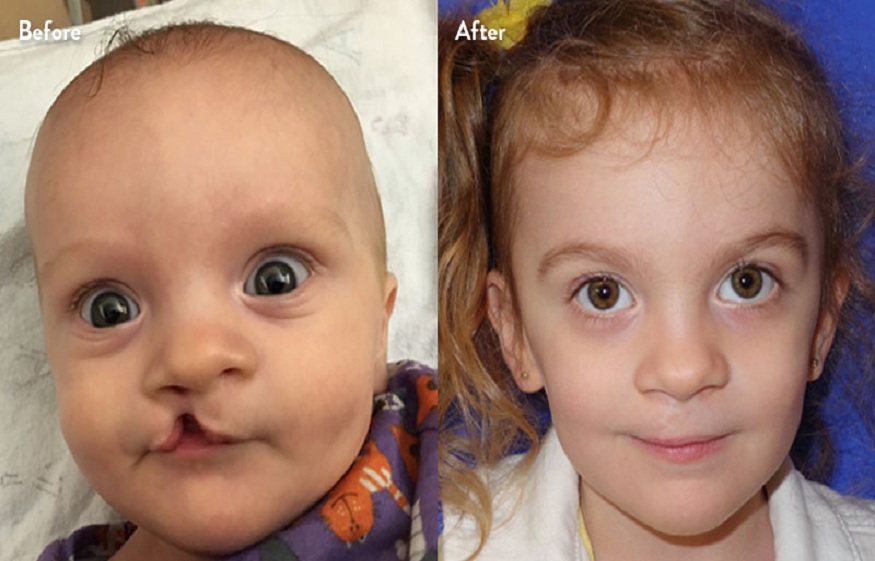Transforming Lives Through Cleft Lip And Palate Surgeries
Cleft lip and palate surgeries have long been a beacon of hope for many. These procedures can transform lives, giving children and adults new opportunities to speak, eat, and smile with confidence. Unlike an East Windsor tummy tuck, which focuses on aesthetic improvements, cleft repairs address vital functional needs. With skilled hands and compassionate care, these surgeries change lives in profound and lasting ways.
Understanding Cleft Conditions
A cleft lip or palate is a gap or split in the upper lip or the roof of the mouth. It occurs when facial structures do not fully close during early pregnancy. This condition can lead to challenges with feeding, speaking, and hearing. It can also affect dental health. Early intervention is crucial for better outcomes. According to the National Institutes of Health, about 1 in 700 babies is born with a cleft condition.
The Impact of Surgery
Surgery aims to close the cleft, restore function, and create a more typical appearance. It is often performed in stages, beginning when the child is just a few months old. The first surgery usually repairs the lip. Later procedures address the palate and any additional issues. This staged approach ensures the best results and supports the child’s development. Parents often notice significant improvements in speech and eating abilities after surgery.
Benefits Beyond the Physical
The benefits of cleft surgeries extend beyond physical improvements. Children with repaired clefts often experience enhanced self-esteem. They may feel more comfortable interacting with peers and participating in social activities. This boost in confidence can have a positive effect on their education and emotional development. Families also report feeling relief and joy as they see their children thriving.
Comparing Surgical Outcomes
| Aspect | Before Surgery | After Surgery |
| Feeding | Challenging, may require special bottles | Improved ability to eat and drink |
| Speech | Possible delays or difficulties | Clearer speech over time with therapy |
| Appearance | Visible cleft, potential teasing | More typical facial features |
The Role of a Multidisciplinary Team
A successful cleft surgery often involves a team of specialists. This team may include surgeons, speech therapists, and orthodontists. Each expert plays a crucial role in the child’s care. For example, speech therapists help children develop clear speech by teaching them to produce sounds correctly. Orthodontists address dental issues that may arise. This collaborative approach ensures comprehensive care throughout the child’s growth.
Long-term Care and Monitoring
After surgery, children require ongoing care and monitoring. Regular check-ups help track progress and address any emerging needs. Families may work with specialists into adolescence to manage dental braces or additional surgeries. This long-term support is key to achieving the best outcomes. According to the Centers for Disease Control and Prevention, continuous care and early interventions make a significant difference in a child’s development.
Conclusion: A Path to a Bright Future
Cleft lip and palate surgeries offer children a path to a brighter future. These procedures not only improve physical functions but also enhance confidence and social interactions. By addressing both the physical and emotional needs, these surgeries help children lead fulfilling lives. With expert care and ongoing support, children with clefts can thrive and reach their full potential.

